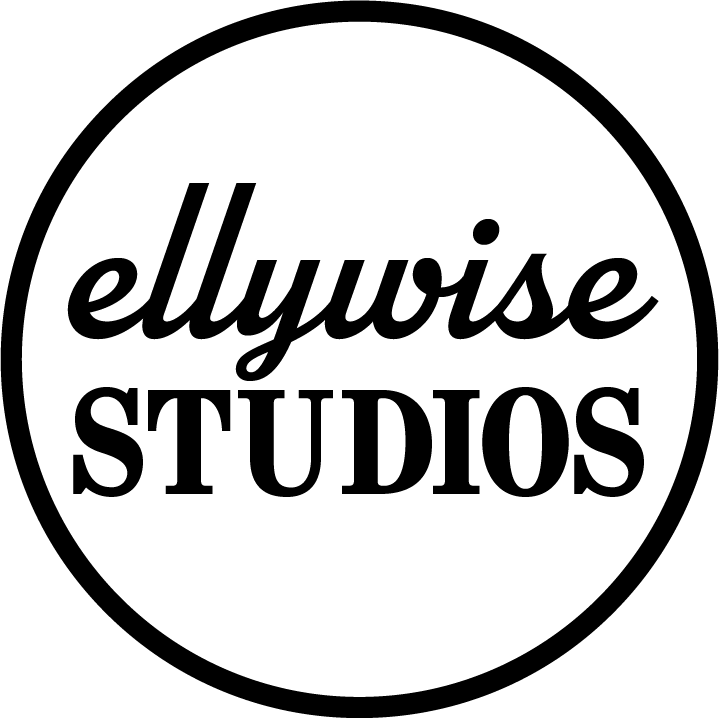Chalk Pastel Portrait Practice
I was on the phone with my continuous inspiration/guidance counselor (my mom) when I was asking her opinions on portraiture. If we’re being super super honest, it’s a skill that is tough and rare - but is it rare because it’s hard to do? Or is it rare that we see portraiture artists because, like, why would you spend money on something an insanely accurate high resolution camera can capture just as well (if not better, since we said at the start of this that we’re being honest).
She didn’t really have an answer for my insanely-specific-albeit-conceptual question, but she did say “what about chalk pastels they’re kind of vintage-y and cool?” and I said hmm well I haven’t touched them since college but sure I like a challenge.
Hurdle #1: Chalk Pastels
As with any medium, the more you spend the more you get - and where this really counts with chalk pastel is color (I assume) - I’m mostly working with my college-budget set and the colors are WOOF. When I transferred from University of Memphis to SCAD I’d already had two years of basic art classes that would transfer over, but, to my dismay, Color Theory 101 did not transfer and I was like GEEZ LOUISE it was painful enough the first time but in moments like the one where I pulled out this hideous box of, quite literally, rainbow chalk pastels my color theory (x’s 2) had to kick in gear hella quick.
This has no saturation boost in this photo. These chalk pastels are exactly this vibrant. Unless you’re doing a technicolor-I’m-tripping-on-LSD portrait, there’s not a lot to just straight pick up and slap on some paper. I.E. hurdle 1. Color.
Hurdle #2: Not Forgiving
Piling on layer after layer after layer of chalk pastel? Not an option. You sketch that bad boy til you are CERTAIN the proportions are right. And then you measure again. Then take a picture with your phone and look at that (because somehow that’s the only way I can figure out what’s wrong with a portrait is to see a picture of a picture.. IDK don’t ask because I can’t answer). Then you pray to the portraiture gods that once you start adding values you don’t find a huge mistake because not only can you not erase, you can’t really even paint over that bad boy.
Chalk pastel application is a little bit like my battle with watercolor which means working slowly one layer at a time. Me? I’m a fast worker. I literally always have been and it’s nice when you’re, oh I don’t know, inputting data into a spreadsheet or rolling silverware in the back of house, but for watercolor (and, apparently, chalk pastel) the early bird gets no worm because the worm looks like an accidental Dali painting and the proportions are not “cool modern” they’re “just wrong enough to show you don’t know what you’re doing.”
Hurdle #3: Whoops, right, you need paper. As Caroline would say, “Forgot.”
“When did I figure out I had the wrong paper?” you ask? Oh, upon the first stroke of chalk pastel. I did a bit of research prior - I mean, I’m not an ANIMAL and so I had my thicker watercolor-esque paper. Very toothy. Large, because doing a portrait practice the way I wanted I was going to need ROOM. But, surprise, I didn’t think about paper color. Texture? Check. Size? Sure. Color? What?
Starting laying down the light and medium values in their shapes and quickly realized that not only are my chalk pastel colors lackluster, starting with STARK WHITE paper was also a no-no. Live, learn, shop the toned paper.





